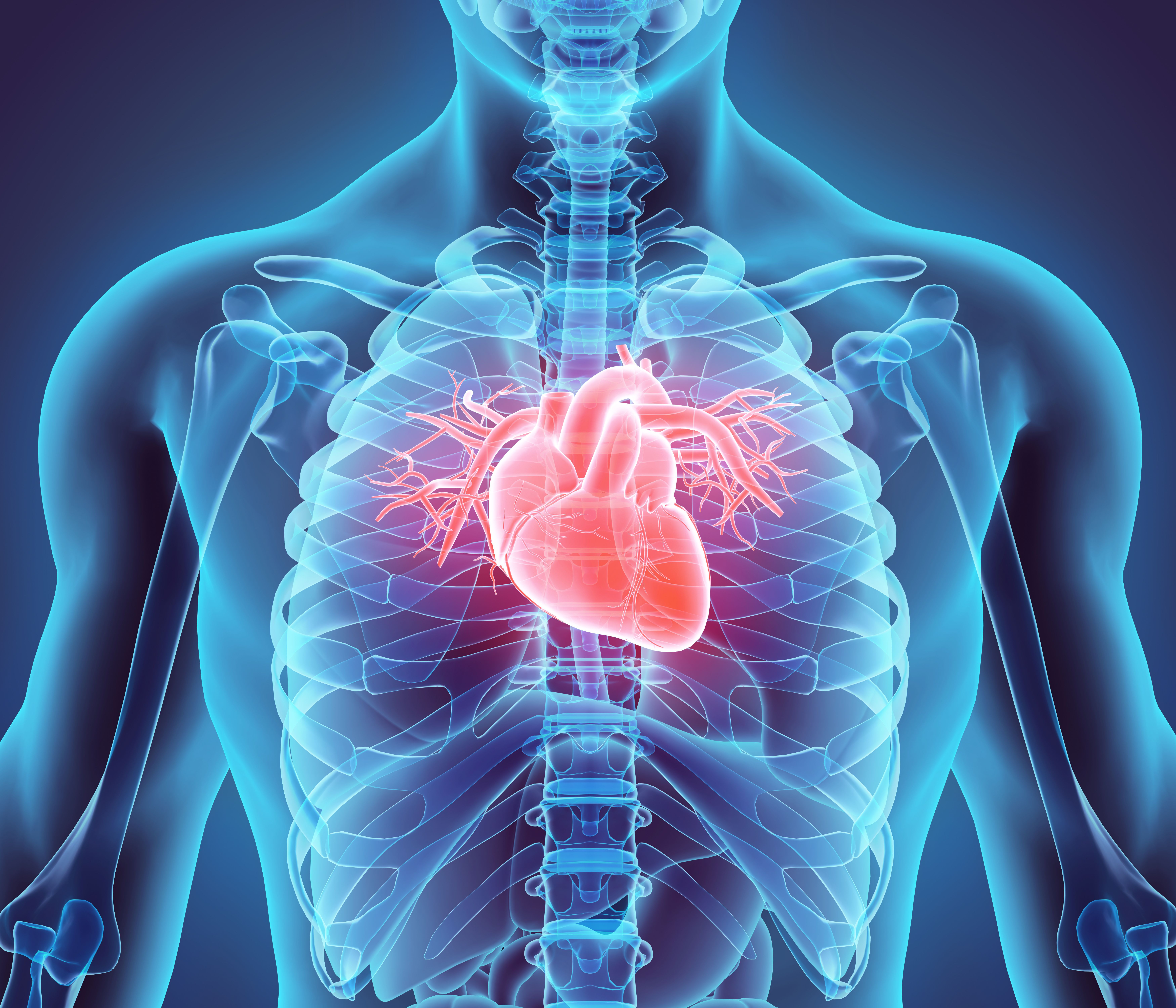News
Article
Is a lack of understanding driving alcohol-related deaths in the U.S.?
Author(s):
Key Takeaways
- Alcohol-related mortality in the U.S. nearly doubled from 1999 to 2020, with young adults and women seeing significant increases.
- Public awareness of alcohol's cancer risk is low, with only 40% of Americans recognizing the link.
- The Midwest experienced the largest increase in alcohol-related mortality rates, rising 2.5 times.
- Experts call for targeted interventions and stricter regulation of alcohol marketing to address the crisis.
- Screening for alcohol use in primary care and addressing coexisting conditions are essential strategies to reduce alcohol-related deaths.
Researchers find an alarming rise in alcohol-related deaths and a lack of public understanding of the risks from drinking
Alcohol-related deaths on the rise: ©draghicich - stock.adobe.com

A new study underscores the increasing toll of alcohol consumption on public health in the United States, revealing a dramatic rise in alcohol-related deaths over the past two decades. Simultaneously, new survey data highlights significant gaps in public awareness about the long-term health risks of alcohol, including its link to cancer.
Researchers from Florida Atlantic University’s Schmidt College of Medicine analyzed trends in alcohol-related mortality in the U.S. from 1999 to 2020, using data from the CDC’s Wide-ranging Online Data for Epidemiologic Research. Published in The American Journal of Medicine, their findings show that the mortality rate nearly doubled, climbing from 10.7 deaths per 100,000 in 1999 to 21.6 in 2020. The total number of deaths rose from 19,356 to 48,870 over the same period.
Young adults aged 25 to 34 saw the steepest proportional increase, with alcohol-related deaths in this group nearly quadrupling. The 55-64 age group, however, experienced both the steepest rise in mortality rates and the highest overall rates in both 1999 and 2020. Women saw a two-and-a-half-fold increase in deaths, while deaths among Asian and Pacific Islander communities rose 2.4 times. Regionally, the Midwest experienced the most significant jump, with mortality rates increasing 2.5 times.
“These findings highlight the urgent need for targeted interventions, particularly as the alcohol industry increasingly markets to women,” said Panagiota “Yiota” Kitsantas, senior author of the study. “Women’s greater physiological susceptibility to alcohol and its interaction with mental health challenges further amplify the risks.”
Public knowledge gap on alcohol and cancer
While alcohol is a leading cause of preventable death worldwide, fewer than half of Americans are aware that regular alcohol consumption increases the risk of cancer, according to a survey by the Annenberg Public Policy Center (APPC). Conducted in September 2024 with over 1,700 participants, the survey found that only 40% of respondents recognized the cancer risk, while another 40% were uncertain. Alarmingly, 20% believed alcohol had no effect or reduced cancer risk.
“Public health messages about the risks of alcohol must contend with decades of sophisticated marketing and media portrayals that downplay or glamorize consumption,” said Patrick E. Jamieson, director of APPC’s Annenberg Health and Risk Communication Institute, in a statement.
The CDC has long warned of alcohol’s dangers, emphasizing its role in liver disease, mental health disorders, accidents, and chronic conditions like obesity and diabetes, which can exacerbate alcohol-related harm.
Addressing the crisis
Experts call for stronger public health strategies to curb the growing alcohol-related mortality crisis. Screening for alcohol use in primary care settings and addressing coexisting conditions like obesity and diabetes could mitigate risks, according to Charles H. Hennekens, M.D., co-author of the FAU study.
“Health care providers must recognize heavy alcohol use as a leading risk factor for mortality and cardiovascular disease,” Hennekens said in a statement. “Addressing these factors with targeted interventions can help reduce the burden of alcohol-related deaths.”
Experts say the findings present a clear challenge for public health officials. The rising rates of alcohol-related deaths—combined with widespread misinformation and public uncertainty about its risks—underscore the need for enhanced education, targeted interventions, and stricter regulation of alcohol marketing. For now, raising awareness and improving access to evidence-based interventions remain critical steps in combating this public health epidemic.
2 Commerce Drive
Cranbury, NJ 08512
All rights reserved.





